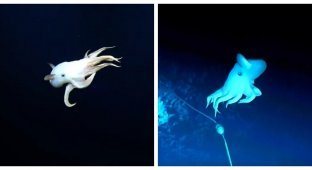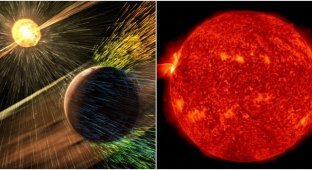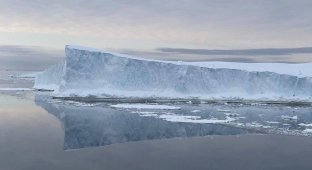10 discoveries that were made in the ocean in 2023 (11 photos)
The ocean has always been full of mysteries - and this attracts researchers. Every year they make amazing discoveries in the ocean depths, but even these discoveries remain just a small piece of a huge unexplored puzzle. Let's find out what interesting discoveries scientists made on the seabed this year. 
1. Giant Seamount 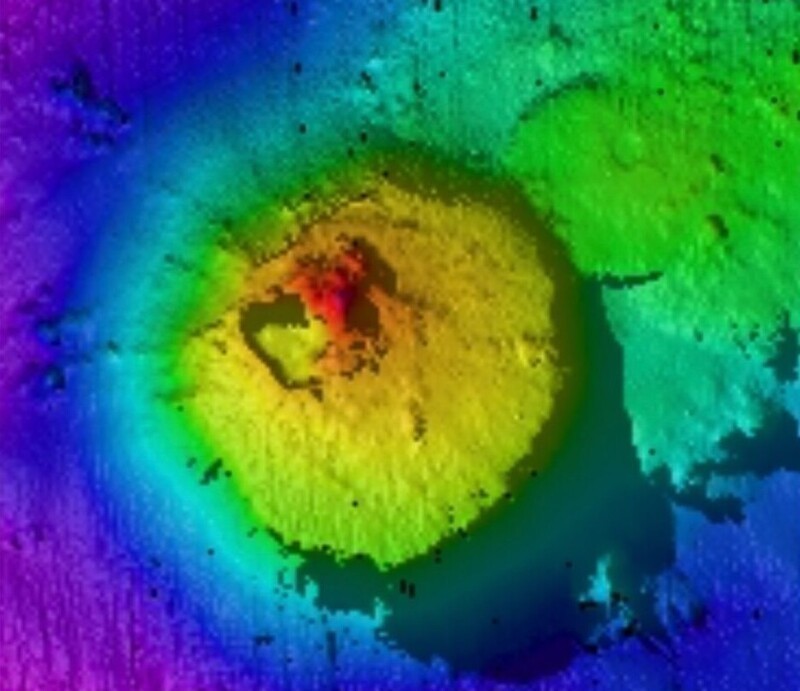
In November 2023, scientists exploring the seabed near Guatemala discovered a gigantic undersea mountain that is twice as tall as the world's tallest building, the Burj Khalifa. The 1,600-meter-tall mountain, located 2,400 meters below the ocean's surface, is actually the remnant of an ancient underwater volcano. It covers an area of about 14 square kilometers and was spotted by sonar between Costa Rica and the East Pacific Rise (a mid-ocean ridge in the middle of the Pacific Ocean).
2. Heat waves in the ocean 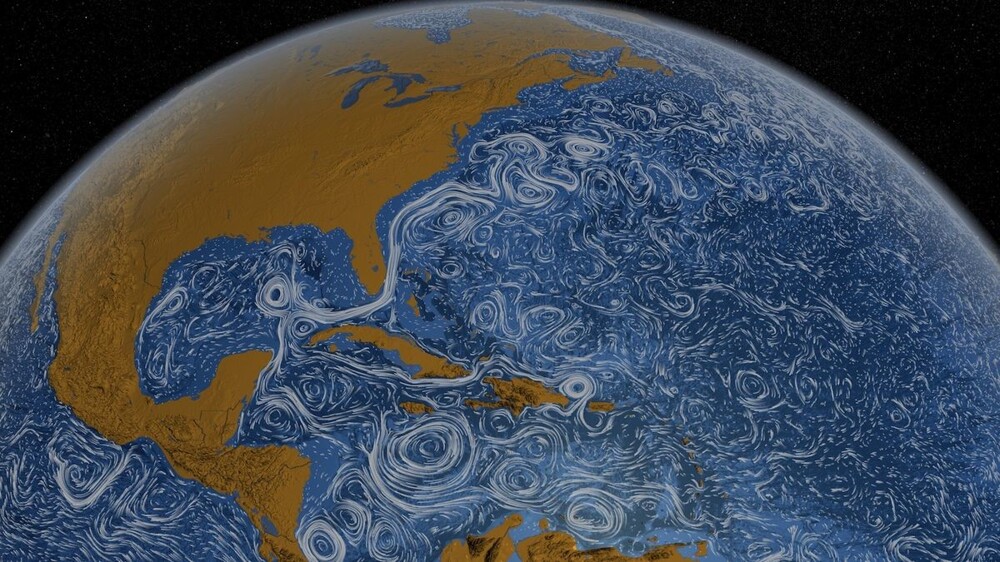
In March of this year, scientists discovered heat waves in some of the deepest points of the Pacific Ocean. Previously, they had only studied surface heat waves caused by climate change and El Niño (a climate phenomenon characterized by abnormal warming of surface waters in the Pacific Ocean). Surface heat waves have been recorded for several decades; however, waves at depth have been discovered for the first time. According to scientists, deep-sea heat waves are much more intense and longer lasting than surface ones. They also seriously threaten creatures living in the depths.
3. Mysterious golden object 
In September 2023, researchers from the National Oceanic and Atmospheric Administration (NOAA) found a mysterious golden ball in the Gulf of Alaska. It was lifted from an underwater mountain at a depth of 3300 m - and when the ball appeared on the surface, it lost its shape and seemed to “melt.” At first, analysis showed that it was of “biological origin,” but scientists still did not understand what it was. There are versions that it could be an eggshell or a sponge.
4. Underwater volcano covered with eggs 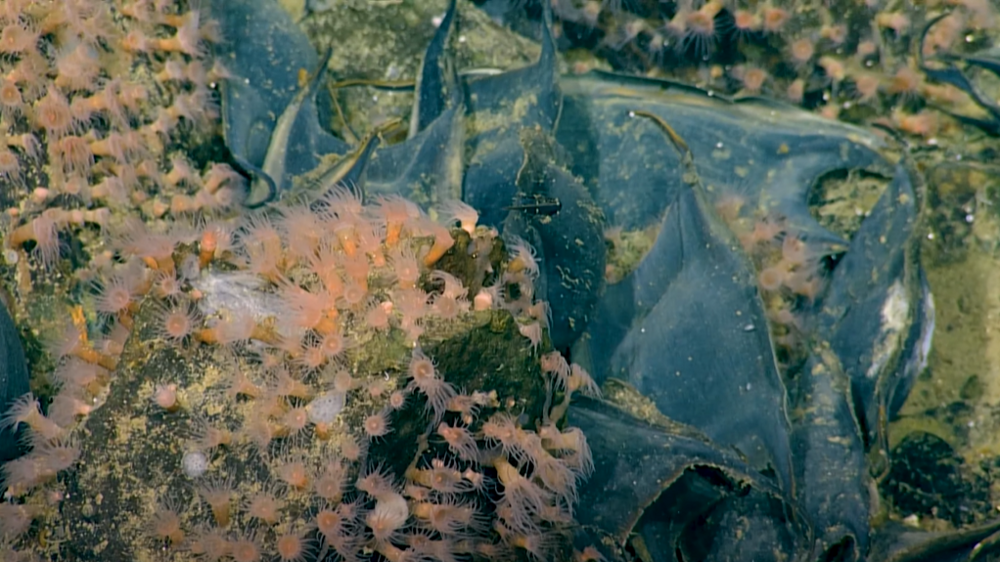
In July, scientists explored an ancient volcano located at a depth of 1,500 m off the Pacific coast of Canada. They found it was still active, covered in up to 1 million huge eggs. These eggs are the size of a football. It turned out that they were laid by white stingrays - little-known sea creatures related to sharks and stingrays. Once the eggs hatch, the underwater volcano will provide an ideal habitat for the young.
5. Methane leak in the Baltic Sea 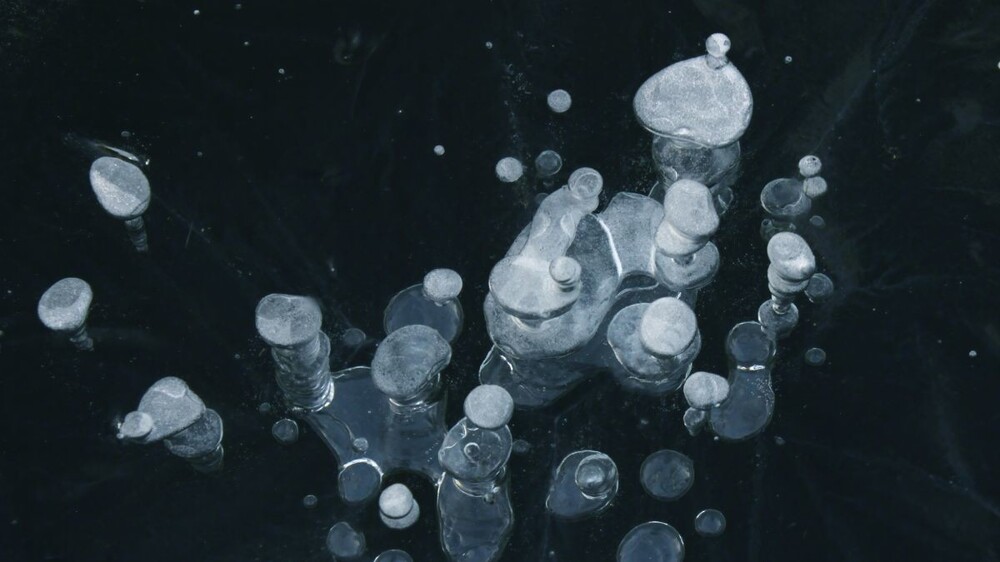
In August, researchers discovered a huge methane leak at the deepest point of the Baltic Sea. The leak covered an area of about 20 square kilometers - the equivalent of 4,000 football fields - and was found 400 meters below the surface of the water. Scientists found that methane bubbles in this area rose much higher than in cases of similar leaks around the world. They believe methane comes from decaying organic matter on the seafloor, but it is not yet known why there is so much of it or why it rises so high.
6. Strange fish in a deep cavity 
In April 2023, strange fish were discovered in the Izu-Ogasawara depression near Japan. These individuals swam at a depth of more than 8 km, where no one had seen fish before. They probably belong to the genus Pseudoliparis, whose representatives live in the Mariana Trench. Their bodies are covered with a gelatinous layer, which helps them adapt to such depths.
7. Deep Sea Coral Reefs 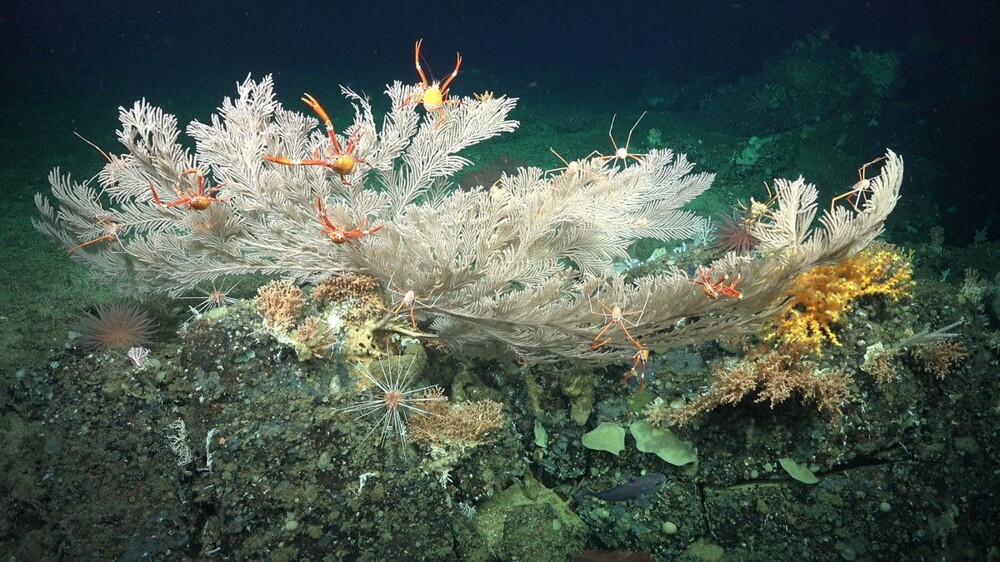
During an expedition off the coast of Ecuador, scientists discovered a pair of pristine deep-sea coral reefs near the Galapagos Islands. They were 300 meters below the ocean's surface - much deeper than most coral reefs. The largest coral is more than 800 m long. Researchers have determined that local reefs have been thriving here for thousands of years. It is also home to many other creatures, including crustaceans, anemonova, stars and hedgehogs.
8. 5,000 new marine species are under threat 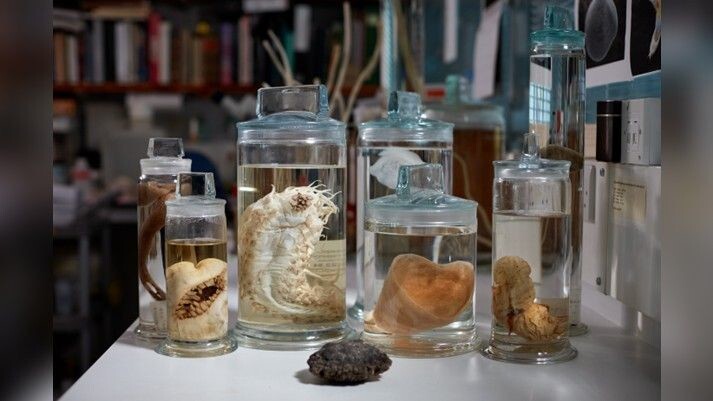
In May, scientists revealed that the Clarion-Clipperton Zone, which lies between Mexico and Hawaii in the Pacific Ocean, is home to more than 5,000 new animal species. 90% of them may be new to science. This area is considered one of the most promising places for future deep-sea mining: it is rich in metals (manganese, cobalt and nickel) and other rare elements. However, if people start mining there, all new species will be in danger.
9. A previously unknown ecosystem was found beneath the Pacific Ocean. 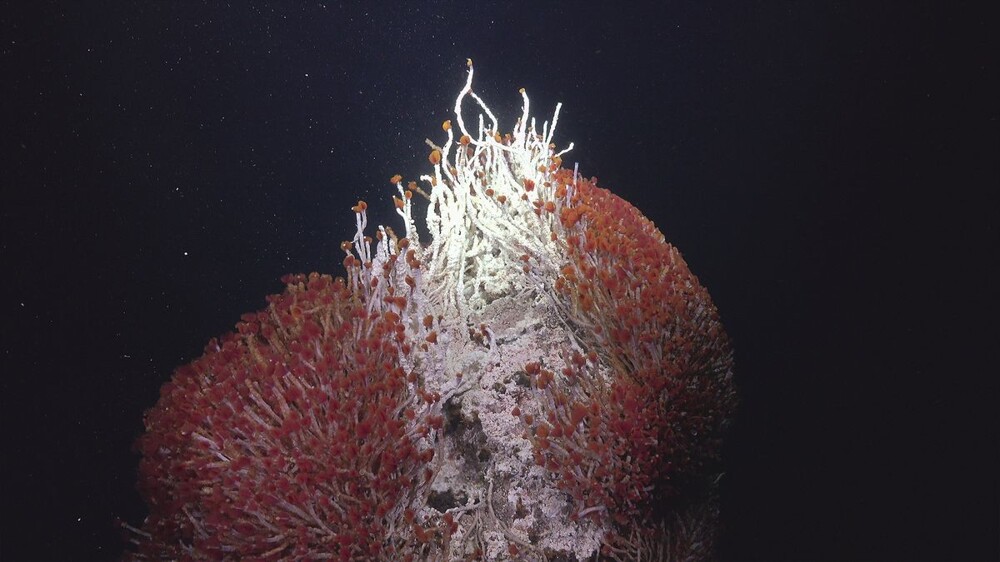
In August, scientists exploring hydrothermal vents in the Pacific Ocean discovered a hidden ecosystem. These springs, located in the East Pacific Rise near Central America, have been studied for more than 40 years - but this time scientists decided to look underneath them for the first time. In the local volcanic cavities, they discovered a wide variety of inhabitants: worms, snails and even octopuses.
10. Map of 19 thousand underwater volcanoes 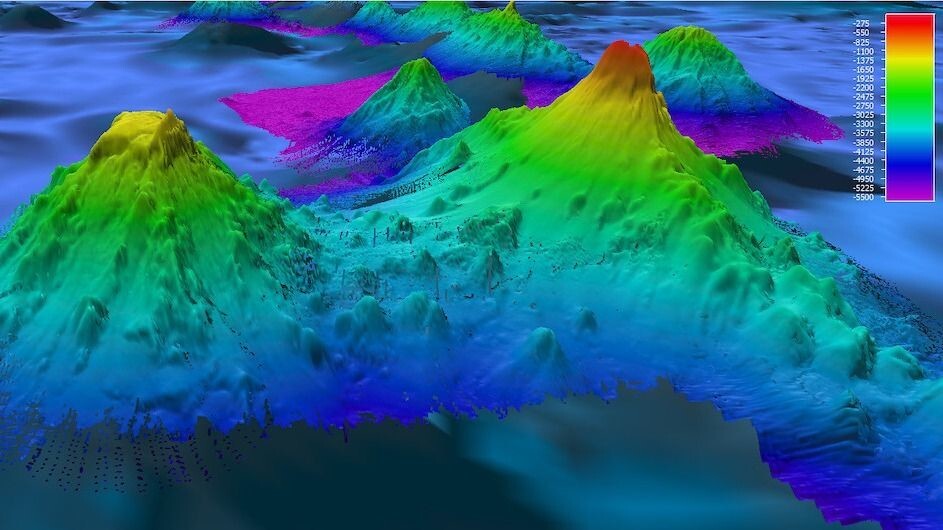
In April, researchers published a map showing 19,000 underwater volcanoes from around the world. Radar data from several satellites was used to compile the map. This map could help scientists learn more about ocean currents, plate tectonics and climate change. According to scientists, in addition to these volcanoes, there are thousands of undiscovered structures on the ocean floor.















